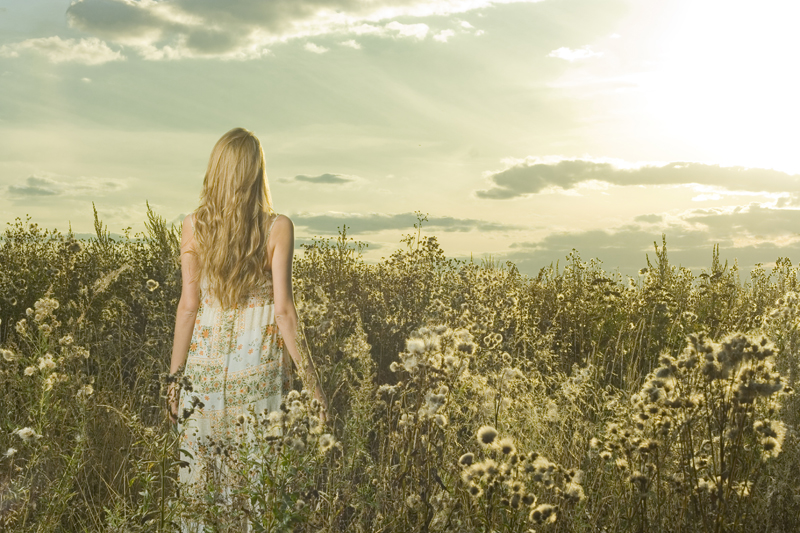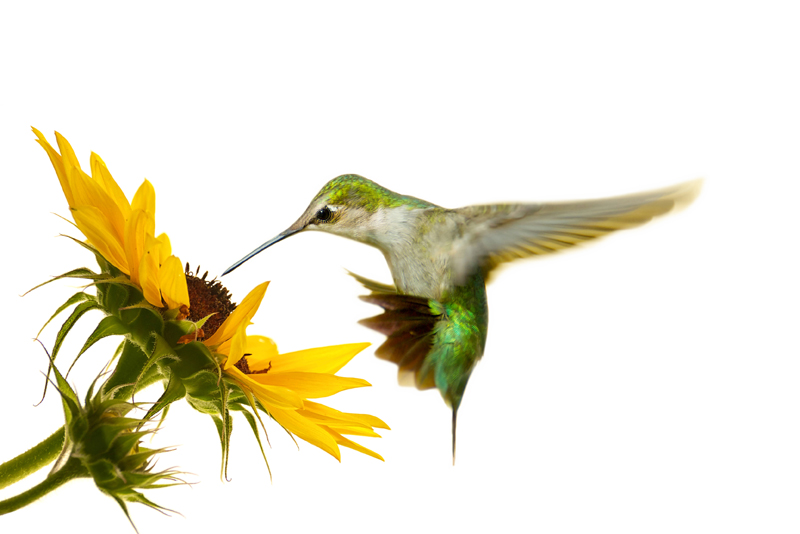Sew Sustainably

Sewing is an ancient and universal craft. A skill once necessary for our very human survival, now a pragmatic and artistic skill that can connect us with our creative desires and infuse our minds with invention and innovation.
As we pursue our individual, business or compassionate sewing endeavors it is considerate to embrace the idea of sustainability. The concept is not new; sustainability at its most basic is a desire to achieve human and ecosystem well-being.
The art and business of sewing in a sustainable way combines the time-honored traditions of one of the oldest of crafts not only with the heart and hands of the sewing enthusiast using the time efficiencies of modern technologies and the knowledge that living and working with care for the environment, economy, and community will ensure an enduring legacy for future generations.
Some ways to sew in a mindful sustainable way:
Besides fabrics made from recycled materials, like fleece, consider using eco-friendly fabrics made from natural materials such as wool (strong and warm, made mostly from domestic sheep and the fleece of the alpaca and vicuna, from the hair of angora rabbits, mohair from Angora goats, cashmere wool from the sides and back of the Cashmere goat, sustainably managed ) or certified organic cotton that is versatile as well as soft. Cotton is the most widely used textile in the world.
Some other fabrics to consider: silk fabrics are the most expensive and beautiful of all textiles made from the cocoons of silk worms. Fine linen is among the oldest of textiles made from the fibers of the flax plan. The coarse but durable fibers of hemp, blended ramie fibers for upholstery and canvas, as well as durable jute - the least expensive of all natural fibers, used in carpets and area rugs. For those early-adopters of new products who may be eco-conscious or for those merely curious, clothes made out of bamboo are included among the latest of sustainable fabrics. Consider undyed or botanically dyed fabrics if possible.
Note: Eco-friendly fabric may be difficult to find, however even partially sustainable fabrics (natural fibers blended with petroleum-based synthetic fibers) lessens the environmental impact, reduces contact with chemicals and helps spur the market by signifying demand for such products. Materials that are flame-retardant are found in children's sleepwear. This safety feature is important to consider, however chemically intensive, when choosing fabrics for sewing sleepwear for children.
Sew a cotton or linen tote to take to the market instead of using the stores’ plastic bags thereby reducing waste and keeping the fly-away plastic bags out of landfills. There are many excellent free patterns on how to do so.
Sew your own garment bags rather than use the dry cleaner’s plastic bags for dust-free garment storage. Use a clothes hanger to make a template, adding seam allowance all around and extending down the length as desired. Cut out two from fabric, leaving an opening for the hanger hook, sew right sides together, turn, press, and hem the edges. Keeps dust off of clothes that may be stored in closets for lengthy periods of time.
Consider the fabric care information on the end of the fabric bolt for insight into the eco-friendly nature of the fabric. If the fabric must be dry-cleaned or must be washed in hot water it is chemical and energy intensive.
Use daylight-replicating, energy efficient, full-spectrum, cool-temperature, true-color lighting for your sewing illumination for improved visual clarity, see Solux, Ultralux, Ott-Lite, and Verilux for sources.
Sustainability is a responsibility that can be fostered through communication. It is a mechanism by which people and communities can attain greater control over their destinies through energy efficiency, conservation and accountability. A healthy environment should be considered a basic human right.
Eco-friendly easy to sew lined tote from HGTV
Sew happy, sew inspired.
As we pursue our individual, business or compassionate sewing endeavors it is considerate to embrace the idea of sustainability. The concept is not new; sustainability at its most basic is a desire to achieve human and ecosystem well-being.
The art and business of sewing in a sustainable way combines the time-honored traditions of one of the oldest of crafts not only with the heart and hands of the sewing enthusiast using the time efficiencies of modern technologies and the knowledge that living and working with care for the environment, economy, and community will ensure an enduring legacy for future generations.
Some ways to sew in a mindful sustainable way:
Besides fabrics made from recycled materials, like fleece, consider using eco-friendly fabrics made from natural materials such as wool (strong and warm, made mostly from domestic sheep and the fleece of the alpaca and vicuna, from the hair of angora rabbits, mohair from Angora goats, cashmere wool from the sides and back of the Cashmere goat, sustainably managed ) or certified organic cotton that is versatile as well as soft. Cotton is the most widely used textile in the world.
Some other fabrics to consider: silk fabrics are the most expensive and beautiful of all textiles made from the cocoons of silk worms. Fine linen is among the oldest of textiles made from the fibers of the flax plan. The coarse but durable fibers of hemp, blended ramie fibers for upholstery and canvas, as well as durable jute - the least expensive of all natural fibers, used in carpets and area rugs. For those early-adopters of new products who may be eco-conscious or for those merely curious, clothes made out of bamboo are included among the latest of sustainable fabrics. Consider undyed or botanically dyed fabrics if possible.
Note: Eco-friendly fabric may be difficult to find, however even partially sustainable fabrics (natural fibers blended with petroleum-based synthetic fibers) lessens the environmental impact, reduces contact with chemicals and helps spur the market by signifying demand for such products. Materials that are flame-retardant are found in children's sleepwear. This safety feature is important to consider, however chemically intensive, when choosing fabrics for sewing sleepwear for children.
Sew a cotton or linen tote to take to the market instead of using the stores’ plastic bags thereby reducing waste and keeping the fly-away plastic bags out of landfills. There are many excellent free patterns on how to do so.
Sew your own garment bags rather than use the dry cleaner’s plastic bags for dust-free garment storage. Use a clothes hanger to make a template, adding seam allowance all around and extending down the length as desired. Cut out two from fabric, leaving an opening for the hanger hook, sew right sides together, turn, press, and hem the edges. Keeps dust off of clothes that may be stored in closets for lengthy periods of time.
Consider the fabric care information on the end of the fabric bolt for insight into the eco-friendly nature of the fabric. If the fabric must be dry-cleaned or must be washed in hot water it is chemical and energy intensive.
Use daylight-replicating, energy efficient, full-spectrum, cool-temperature, true-color lighting for your sewing illumination for improved visual clarity, see Solux, Ultralux, Ott-Lite, and Verilux for sources.
Sustainability is a responsibility that can be fostered through communication. It is a mechanism by which people and communities can attain greater control over their destinies through energy efficiency, conservation and accountability. A healthy environment should be considered a basic human right.
Eco-friendly easy to sew lined tote from HGTV
Sew happy, sew inspired.

Related Articles
Editor's Picks Articles
Top Ten Articles
Previous Features
Site Map
Content copyright © 2023 by Cheryl Ellex. All rights reserved.
This content was written by Cheryl Ellex. If you wish to use this content in any manner, you need written permission. Contact Cheryl Ellex for details.







